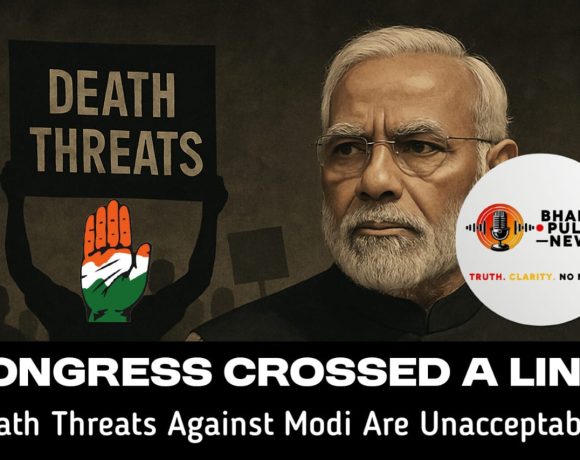
“Mrs.” – A Feminist Awakening or Just Another Cash Grab?
Another day, another movie that claims to shake the foundations of Indian patriarchy. Mrs. arrives with a grand promise—to expose the deep-seated oppression of women in Indian households. A noble mission, no doubt. But peel back the layers, and what do we find? The same old formula that has worked for decades: exaggeration, emotional manipulation, and a neatly packaged victimhood narrative. This isn’t about progress; this is about profit.
Exploitation Disguised as Empowerment
Yes, Indian society has its flaws, and yes, gender roles need to be questioned. But Mrs. takes real issues and stretches them beyond recognition, manufacturing a reality that thrives on selective storytelling. The result? Women who relate to one small part of the film’s narrative walk away feeling like lifelong victims of an oppressive system. The film doesn’t just highlight struggles—it amplifies them to the point of absurdity, ensuring that outrage replaces nuance.
This isn’t new. The same industry that once thrived on saas-bahu melodrama has now rebranded itself as the champion of feminism. Back in the 2000s, a generation of Indian women sat glued to their screens, watching family feuds unfold in slow motion. Now, the script has changed, but the intent remains the same—to keep audiences emotionally invested in manufactured suffering. And just like before, the ones cashing in aren’t the viewers, but the people selling them these stories.
Reality Check: Not Everything is a Conspiracy
Not every marriage is a battleground, and not every household is a patriarchal dungeon. But Mrs. doesn’t want you to see that. A more balanced take on gender roles wouldn’t be as profitable. Instead, the film paints a one-dimensional picture where marriage is a never-ending cycle of oppression. The husband is inconsiderate, the in-laws are villains, and the woman is a prisoner. Sound familiar? It’s the same template that TV soaps have been running for years—only now, it comes wrapped in “woke” branding.
There’s an audience for this, of course. The kind that enjoys feeling righteously angry, convinced that every paratha they’ve ever made was an act of forced labor. And that’s the genius of the film—it doesn’t just tell a story; it actively encourages its audience to internalize the victim narrative. Once that happens, questioning the film’s intent feels like betraying the cause.
The Real Damage: Profits Over Progress
By presenting an exaggerated, one-sided portrayal, Mrs. does more harm than good. Real progress comes from understanding and discussion, not from turning every conversation about gender roles into a dramatic courtroom battle. But the filmmakers aren’t here to solve problems—they’re here to stir emotions and sell tickets.
If they really wanted to create change, they’d tell stories that reflect the full spectrum of reality. They’d acknowledge that while misogyny exists, so do love, partnership, and compromise. But a nuanced take wouldn’t spark debates on social media. It wouldn’t lead to viral outrage. And it certainly wouldn’t sell as many subscriptions.
Final Thoughts: Who’s Really Benefiting?
At the end of the day, Mrs. isn’t about fixing anything. It’s about keeping a section of the audience hooked on a feeling—one that ensures they stay engaged, enraged, and ultimately, exploited. The real injustice isn’t what’s happening in the film; it’s what’s happening to the audience watching it.
So before you walk away from the movie feeling like a warrior in an unseen battle, take a moment to ask: Am I being empowered, or am I just being played? Because the only real winners here are the ones counting the profits.


















